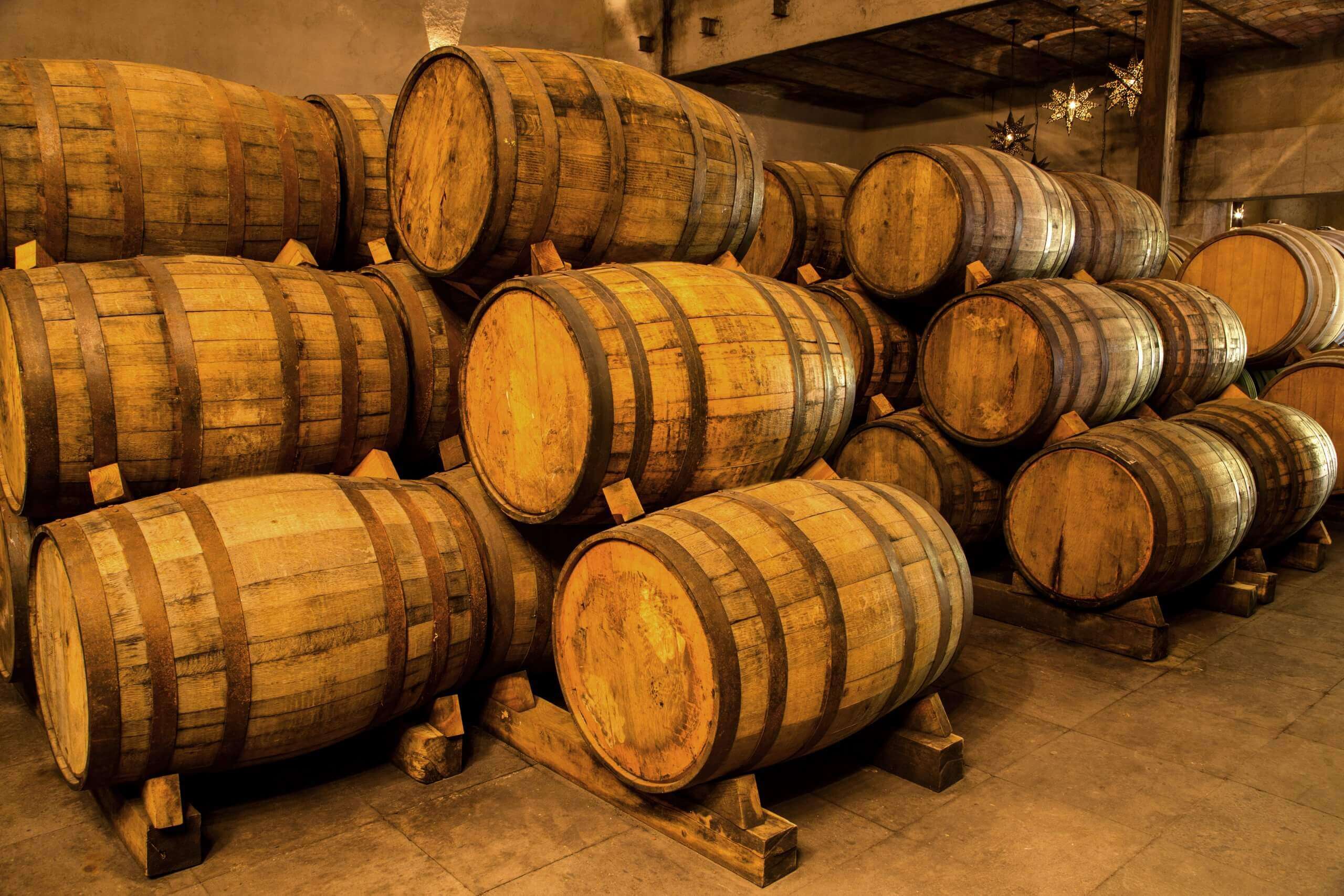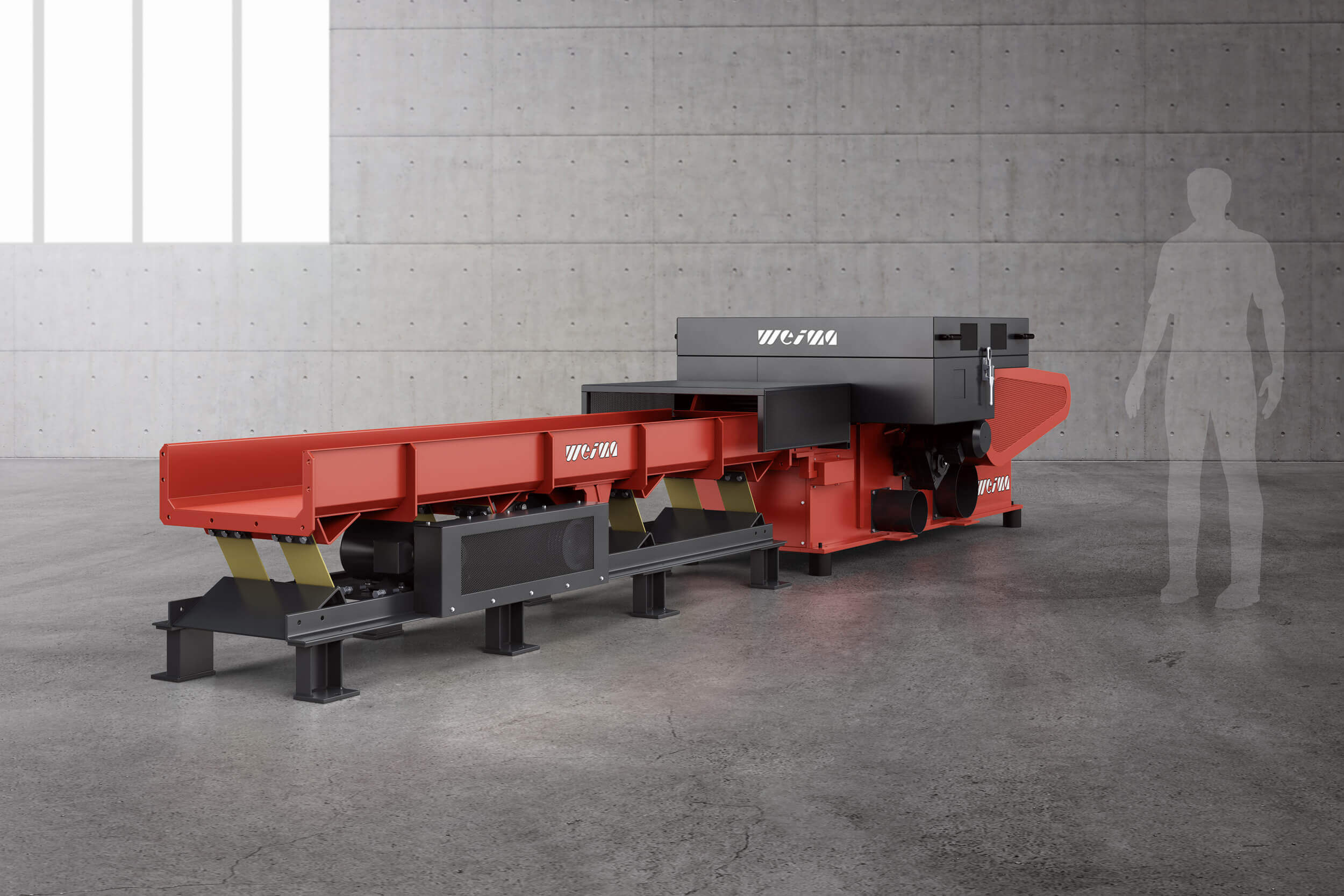Consumption of alcoholic beverages during the pandemic changed. The hospitality industry took a huge hit as in-person dining became less of a reality. According to the Distilled Spirits Council of the United States (DISCUS), the industry “experienced solid growth in 2020” thanks to some creativity on behalf of state legislators to make curbside cocktails and to-go options a possibility.
The CEO and President of DISCUS, Chris Swonger, stated in a recent press release that the total volume of alcohol sales grew in 2020 despite the blow to the hospitality industry and stay-at-home orders nationwide.




